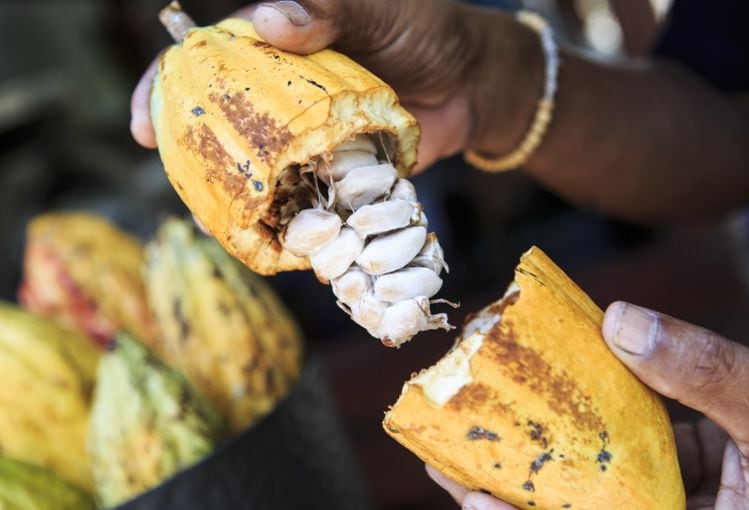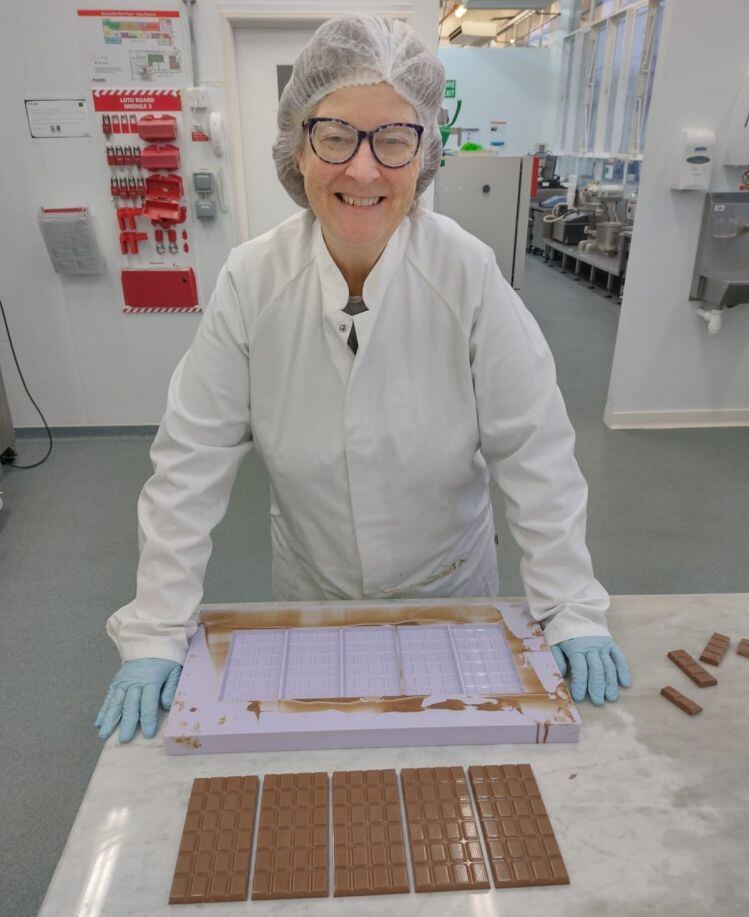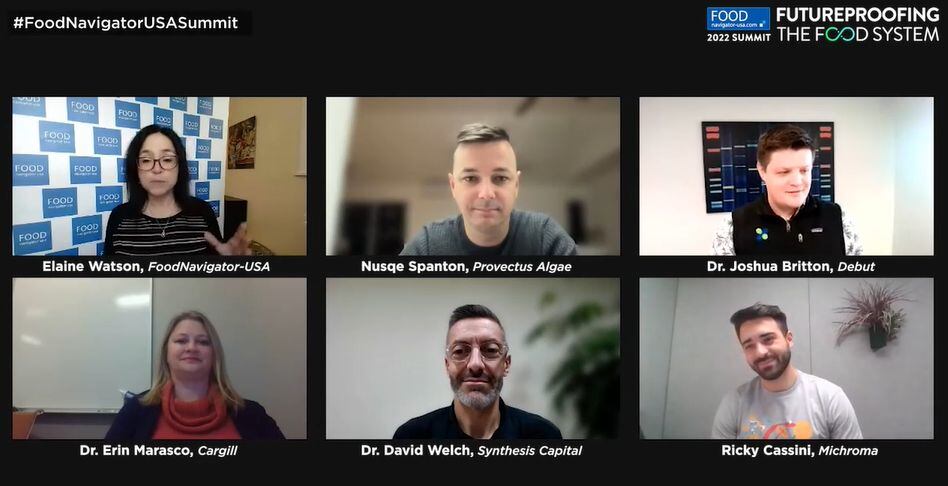Formed in July, the firm has already attracted the interest of Big Chocolate with Mondelēz International onboard with undisclosed seed funding.
Other backers include food-focused venture capitalist, Barrel Ventures, Israeli agricultural co-op Regba Group and agri-food and medical tech VC, Trendlines.
Celleste Bio’s USP utilizes cell culture to grow high quality cocoa without the plant waste and devastated rainforests and primate populations in west African countries such as Côte d’Ivoire and Ghana where around 60% of the world’s cocoa is sourced.
“Why grow something where you use less than 1% of the entire biomass of what you are growing?” Celleste Bio co-founder and chief technology officer Hanne Volpin told FoodNavigator-USA. “And why grow a food we really don’t need on increasingly sparse arable land? We could collectively decide never to grow it again or we can get creative and look at alternatives.
“We don't have to wait until we have no more chocolate bunnies to solve that problem. And it turns out companies like Mondelēz International are interested in this for reasons both biological and environmental.”
Bodies including the World Cocoa Foundation and Côte d’Ivoire and Ghanaian government and industry-backed Cocoa & Forests Initiative (CFI) point to reforesting gains toward stated aims of “ending deforestation in Côte d’Ivoire and Ghana”.
But a 2020 Lumina Intelligence report revealed a complicated and often opaque supply chain where major chocolate companies are estimated to source 40%+ of their cocoa outside of their sustainable cocoa programs.
Volpin said Celleste Bio’s deal with Mondelēz included a relatively tight timeframe stipulation to deliver commercially viable cocoa. “The expectation is that it will not take forever. It will be a rather short journey. The basic science is already there so we are not too far away.
“Since we started dating Mondelēz we haven’t gone out with the other chocolate producers but there is a problem and we know other companies are also looking at it. There is a chocolate supply crisis. Cocoa used to be in a fruit on a tree and through technology we can now make it in a cell mass in a bottle.”
Coats on: Inside the plant cell culture lab
Celleste Bio’s tech remains in development, so mass volumes of cacao-free chocolate are some way off.
But it is getting there fast, with other plant cell culture players such as California Cultured (which is working with Finnish research house VTT) helping to speed development in the space and university level research at multiple campuses around the world.
“There are a lot of parties looking into it but we think our combination of competences has something valuable to offer,” Volpin relayed. “We are all watching each other.”
Pricewise Volpin said its end cocoa product would be competitive with existing offerings, “probably at the high end but not off the scale.”
Textbook stuff…
So how close is this cell-cultured cocoa getting to soil-grown cocoa in compositional profile?
“It’s a very standard process,” Volpin said. “You can look it up in any textbook. You try different parts of the plant and find the best-suited one and put it on a growth medium – which is basically providing the oxygen and sugars it needs because it is not photosynthesizing anymore.
“It may want a few hormones as well because you want it to think it’s a root or a leaf or a flower or whatever. And you keep growing it until you have enough.”
“Sometimes you want the liquid that is surrounding the cells – if you’re growing for certain enzymes, you can get the cells to secrete those and then you would harvest the liquid – but we will be harvesting the biomass.”
“The challenge is keeping it alive forever and ever so you don’t have to start over all the time.”
She said Celleste Bio was more focused on producing a commercially scalable, high-quality product than obsessing about replicating the polyphenol profile of cocoa, even if it was possible. “If we have to choose between mass production and quality, we are choosing quality.”

Plant v meat
While cultured meat and cultured plants work from the same principle of cell-based lab growth, Volpin said the similarities end there.
“To cultivate meat you really need a complex system – you’re basically making the system more complex. You really have to transform things and move around genes and control the expression and it's much more complicated.
“When you're cultivating plant cells, you're making it less complex. Have you ever seen a wounded plant? It develops a kind of scar tissue. It does it by itself. It's not like we're making the plant do something that it never thought about doing – we're just making more of it.”
Beyond cocoa
The CTO, whose background is in genome editing in horticulture and vegetables, said any plant could be up for cell culturing, in theory.
“You can take any plant cell and make it think it's a stem cell. I think anything where the plant is not being used in full is a candidate,” Volpin said, noting culinary spices as examples. “Look at saffron – there they only use the stigma and styles so why would you want to grow a whole field of saffron just to get the pollen?”
But table fruits and vegetables where food pleasure are important might be less suitable.
“You don't want to put a smear called cucumber on your plate, and then a smear called tomato or a smear called potatoes – texture is also part of the experience.”
The price of disruption
What if Celleste Bio and others succeed in disrupting the cocoa supply? What about the cocoa farmers of west Africa and south east Asia and other places where these crops are so important to local societies and economies?
“We hope to free arable land that might be used for something else beside cocoa, maybe something that is more effective, more favourable. If you commit to a tree, you commit to it for the next 40 years – it’s really very inflexible.”
She added: “I think there's always going to be short term disruptions and that might be painful in some ways, but in the long term perhaps everybody wins.”
According to Polaris Market Research, the global plant tissue culture market that included non-food uses like garden and decorative plants was valued at $390 million in 2021 and expected to grow at 8% per year through 2030.
The other co-founders of Celleste Bio are Avishai Levy, Orna Harel, and Daphna Michaeli.




